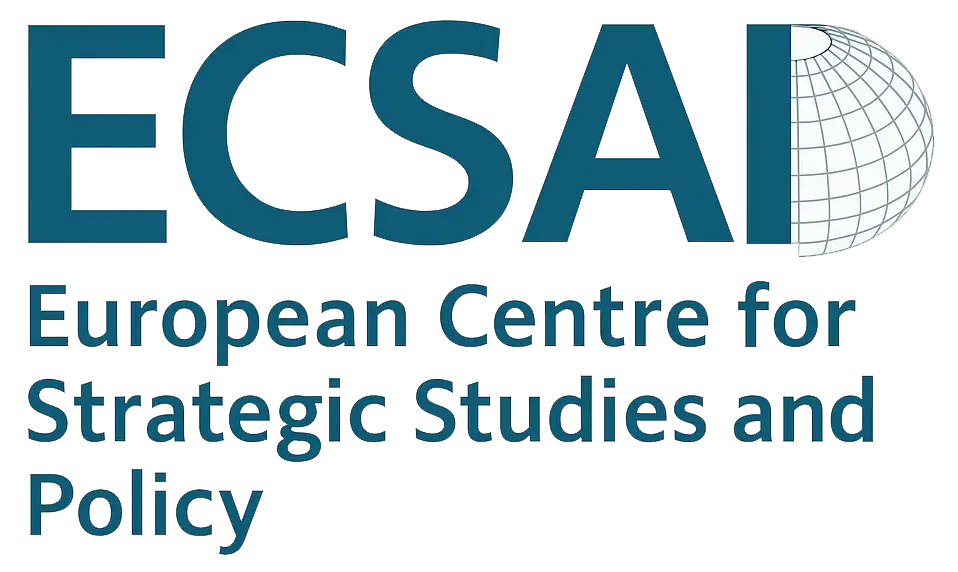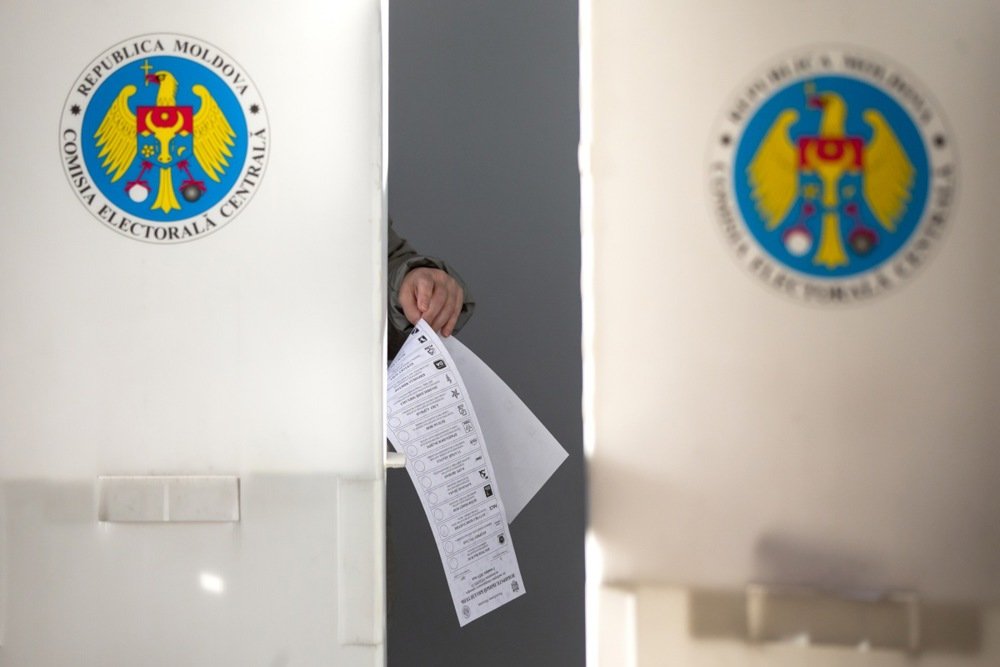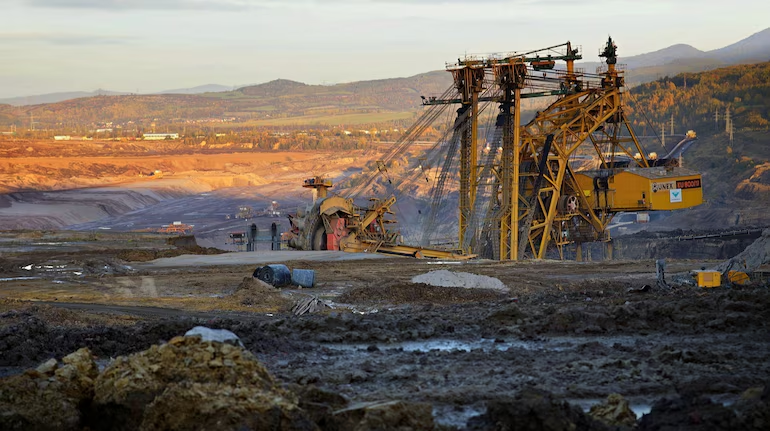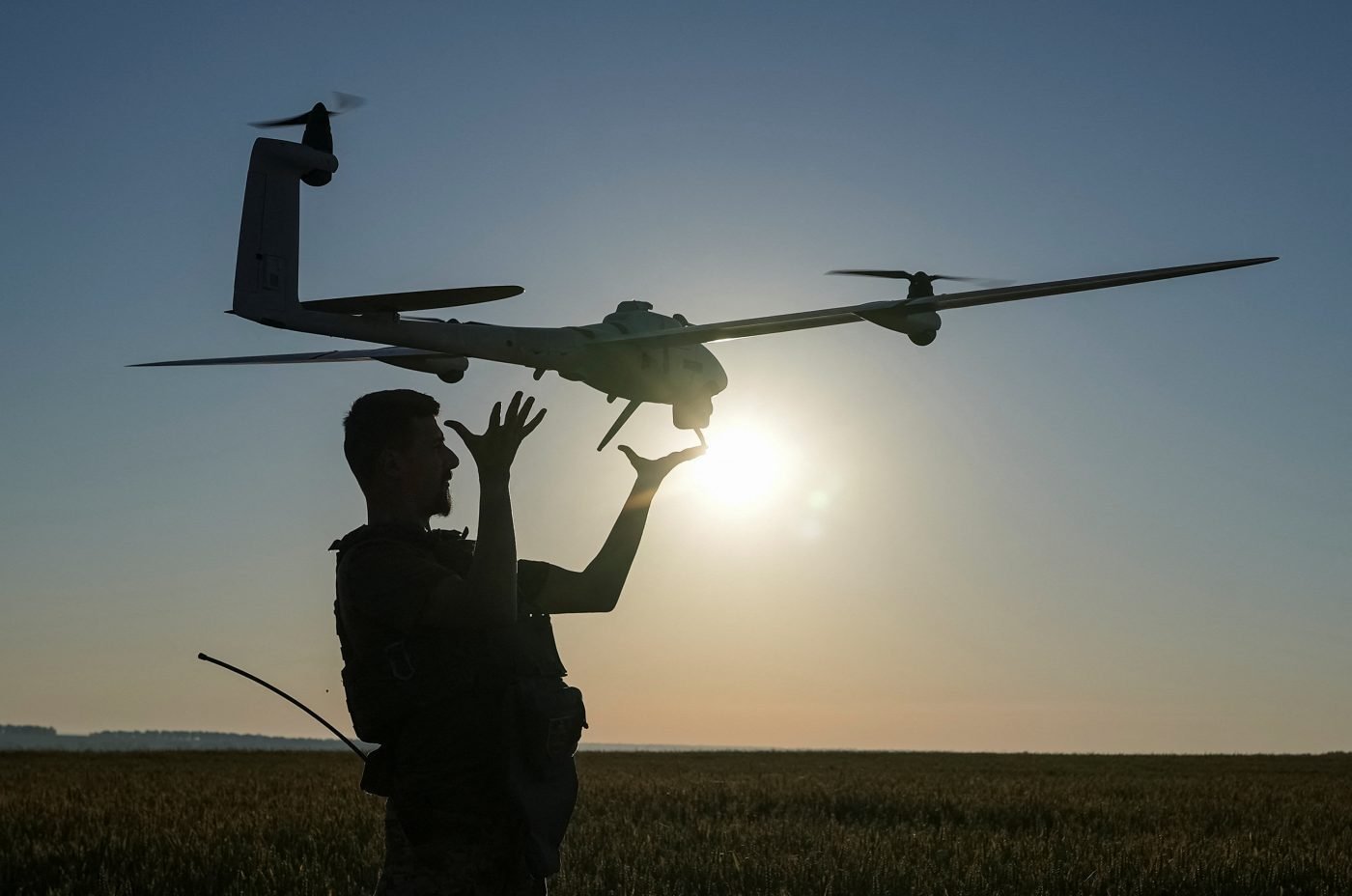
When NATO leaders met in The Hague, their overarching aim was to ensure that US President Donald Trump did not torpedo the meeting by leaving early or casting more doubt on America’s commitment to the Alliance. Judged by this standard, the summit was a success. NATO still exists, Trump voiced support for defending allies and signed up to a summit declaration in which NATO leaders reaffirmed their ‘ironclad commitment to collective defence’. At the same time, while the US will not support Ukraine, it won’t stand in the way of European efforts to do so. However, doubts over America’s commitment to European security will persist. Ultimately, this is what US disengagement looks like. Europeans must learn to adapt to this new reality and take greater responsibility for their own defence.
Can money buy security?
The whole agenda of the Hague summit was centred on European allies’ promise to massively increase their defence budgets. NATO allies committed to raise their defence spending from the current target of 2% of GDP to 5% by 2035. Of this total, 3.5% is to be dedicated to ‘core’ defence, while 1.5% will be allocated to ‘softer’ priorities such as strengthening civil infrastructure and fostering innovation. Allies will produce annual plans to show that they are progressing towards the target, and a review will take place in 2029.
The promised spending increases addressed a long-standing demand by Trump to even out the transatlantic defence burden. In exchange for their promised increases in defence spending, Europeans extracted a commitment from Trump to defend them. While that is welcome, many will doubt whether Trump really meant what he said when he affirmed that he stood by Article 5 and signed up to the summit declaration. While on his way to the summit, Trump spoke of the ‘numerous definitions’ of Article 5. It remains to be seen whether his rhetoric towards NATO will change now that he has secured what he wanted. Unless there is a sustained shift in his stance on defending allies, adversaries will see America’s commitment to its allies as weaker than before.
Europeans should work on the assumption that the burden of defending Europe will fall predominantly on their shoulders.
The strength of America’s perceived commitment to European security also depends on the future of its troop presence on the Continent. European fears of an uncoordinated withdrawal have abated but the Pentagon is carrying out a review of the US global defence posture and significant cuts in Europe are possible. These would signal diminishing American commitment and potentially create deterrence gaps. Even if the cuts in the US footprint are not deep, many in Europe will continue to worry about future developments in light of Washington’s stated desire to prioritise the Indo-Pacific.
Looking ahead, Europeans should work on the assumption that the burden of defending Europe will fall predominantly on their shoulders, with a smaller American contribution. While the focus at The Hague was on addressing US demands for higher defence spending, the reality is that investing more in their military forces and in their resilience is something that Europeans need to do to safeguard their own security.
America’s disengagement on Ukraine
The Hague summit underscored the divergence between Europe and the US on support for Ukraine and policy towards Russia. The question of Ukrainian membership of NATO was not on the agenda and the summit declaration made minimal reference to the threat from Russia and no mention of its war on Ukraine or its hybrid attacks in Europe. It has long been clear that Trump wants the conflict to end and does not want to commit greater US resources to assisting Ukraine. However, the prospect of a scenario where the US cuts off all assistance to Ukraine and pressures Europeans to follow suit – likely pushing Ukraine into a settlement – has receded. The US is reportedly providing Ukraine with some intelligence support and limited military support. More substantially, Washington has not prevented Europeans from transferring US-origin equipment from their own stocks to Ukraine. The summit declaration does not endorse support for Ukraine, but it comes close to it, by saying that assistance provided by allies to Ukraine counts towards the spending targets that they must meet.
Europeans should not expect much, if any, assistance from Washington in supporting Ukraine and persuading Russia that its war is unwinnable. However, Europeans can use a range of strategies to cope with US disengagement, from boosting production in Europe and Ukraine to buying equipment for Kyiv from the US. For now, supporting Ukraine is the priority. But if hostilities were to cease, Europeans would face a difficult question: how to provide Ukraine with meaningful security guarantees given that NATO membership is off the table so long as Washington vetoes it.
Towards a more European NATO
European allies are shouldering an ever-greater share of the transatlantic defence burden. However, they remain heavily reliant on the US to provide large-scale combat troop deployments in Europe as well as the connecting tissue in NATO – specifically the command and control and intelligence capabilities that allow the armed forces of NATO allies to operate together in an effective manner. If we imagine NATO as a hub-and-spoke model, the US is the essential hub without which European forces struggle to operate effectively.
The key question facing Europeans now is how they build up their military capabilities. Should they continue to assume that the US-provided backbone of NATO will always be there, and focus on building up fighting ‘mass’ in the form of more tanks, missiles and planes? Or do they also devote substantial resources to duplicating the command and control capabilities and enablers that the US is meant to continue providing indefinitely? The latter is obviously more complicated and may lead to friction with Washington in the immediate term due to perceived duplication, but in the long term it would lay the foundation for a genuine European pillar in NATO and a stronger transatlantic alliance.
The key question facing Europeans now is how they build up their military capabilities.
Building up the European pillar of NATO will require Europeans to raise defence investment substantially but also to work together much more effectively than they have been doing so far. The EU can play an important role in driving that effort forward. First, the Union can provide incentives to strengthen dual-use infrastructure, promote cooperation between Member States in developing and acquiring military equipment and support the defence industry in scaling up production and fostering innovation. Second, the EU can help generate the political momentum to develop European capabilities, especially strategic enablers that need a critical mass of Member States to be viable. In this context, a European Defence Contact Group could provide a forum for open discussion and help coalitions of Member States and non-EU partners coalesce around joint projects aimed at cooperatively addressing major capability gaps.






